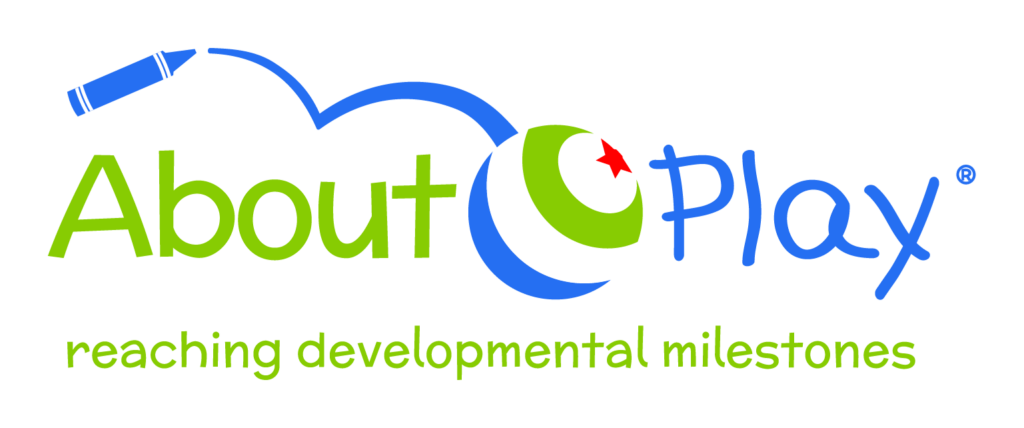Blog

How To Do Infant Massage
Whether you’re a new or experienced parent, learning how to do infant massage can benefit your baby. Just like adults, infants find soothing massages very relaxing, and their small bodies have much to gain. Because touch is one of the most developed senses at birth, infant massage offers various techniques to aid your baby’s development.
So, if you’re looking for more ways to soothe and connect with your baby, consider making infant massage a part of your routine.
What Is Infant Massage?
Infant massage is the practice of soothing a baby’s body with gentle strokes. Often, parents and trusted caretakers resort to this relaxing technique when babies are fussy because it’s one of the best ways to help calm and reassure infants.
Research shows that, along with practical uses, doing infant massage regularly can have a plethora of benefits for you and your baby.
Top Benefits of Infant Massage
- Reduced stress | Therapeutic touch is an excellent way to release endorphins and balance cortisol levels to ensure your baby is happy, healthy, and stress-free.
- Improved sleep | Infant massage is one of the best ways to relax your baby. It can be advantageous at bedtime when your baby needs to wind down, close their eyes, and get a good night’s rest.
- Improved GI function | Some research has shown that infant massage may help stimulate the circulatory and digestive systems to help relieve discomfort caused by colic, gas, cramps, and constipation.
- Stronger parent-child bonds | Connecting with your baby through touch will allow you to get to know your baby’s body and understand their needs on a deeper level, thus making it easier to understand cues and making the early stages more manageable.
How To Do Infant Massage Successfully
Before you begin infant massage, you’ll need to know several things about how to properly prepare and how to do infant massage on your baby.
What You’ll Need for a Soothing Infant Massage
- Comfortable location | Make the most of your infant massage session by ensuring your baby is comfortable. Prepare a warm area where you can place the baby, like a bed or a soft rug, and make sure you both have enough space to move as needed.
- Baby lotion or edible massage oil | Although using cream or massage oil is not required, it can help your gentle strokes glide along the baby’s body effortlessly. If you decide to use a lotion or oil, make sure it’s safe for your baby’s skin before applying.
- Gentle strokes | The key to infant massage is using gentle movements. Be careful not to cause your baby discomfort by applying too much pressure, especially in sensitive areas. If you’re unsure how much pressure to use, start with tender strokes and gradually increase pressure.
- Follow your baby’s cues | Your baby will let you know how they are feeling by smiling, relaxing, closing their eyes, pulling away, whining, or crying. Pay attention to their cues and respond to their needs accordingly.
Easy-to-Learn Infant Massage Techniques
- Legs and feet | Begin with firm, gentle strokes from heel to toe, then massage the ankle area. As your baby becomes more comfortable, use long, slow strokes up the baby’s leg, and then gently bend the baby’s knee and press it towards the tummy to release gas. Repeat these soft movements a few times.
- Arms | Stroke the baby’s arms from the shoulders toward the wrists. Repeat gentle strokes, and if using oil, try to avoid the baby’s hands.
- Chest | Using a firm grip, begin at the shoulders and make gentle strokes inwards toward the chest. Then cross your hands on the baby’s chest and push from the middle of the chest toward the sides in a smooth motion.
- Tummy | Use your fingertips to draw a circle around your baby’s belly button in a clockwise pattern. Then walk your fingers from left to right, and right to left, as if drawing an “X” across the baby’s belly.
- Head | Apply gentle pressure with your finger pads and massage the scalp in small circles.
- Face | Use your finger pads to massage the baby’s face gently. Beginning in the middle of the forehead, use both hands and run your fingers along the sides of the baby’s face toward the cheeks.
- Back | If your baby is content and relaxed, turn the baby over and begin to massage their back. Use long smooth strokes to run your hands from head to toe.
Incorporate Infant Massage Into Your Routine
One of the most commonly asked questions about how to do infant massage, is when is the best time to do it? In reality, the best time to do an infant massage is when it’s convenient for you and your baby.
As you create a schedule, note when your baby is content and when you’re generally in a comfortable location. You may find that the best time for a massage is after a diaper change, before/after nap time, or during your bedtime routine.
Remember that when you choose to do infant massage is less important than when you get started and how often you do it. Although your first session may feel overwhelming, rest assured in knowing that it is safe to begin doing infant massage a few weeks after birth. It may not make sense to do it every day, but you may find that every other day or a couple of times per week is ideal for your baby.
Your Baby’s Development Is Important - About Play Can Help
At About Play, we recognize that infant massage may not come naturally to all parents. Whether you’re looking for in-depth instructions on how to do infant massage, need a few pointers to improve your technique, or want a certified infant massage specialist to work with your baby, our team of early intervention specialists can help!
Contact us to inquire about our infant massage services today, and begin to discover more fantastic ways to improve your baby’s life and maintain their health.




